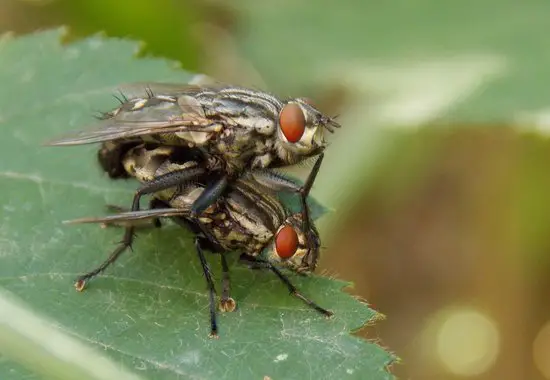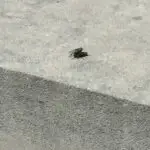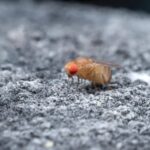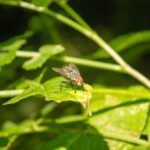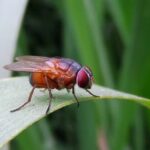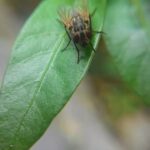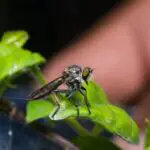Epilepsy in the Drosophila Fruit Fly
Scientists have developed a new model of epilepsy in the drosophila fruit fly that provides insights into the mechanisms underlying temperature-dependent seizures. The findings are a step forward in the development of new therapies for the condition. The researchers were able to create this model by inserting a human mutation in the gene that causes fever-induced seizures into the drosophila fruit fly. The mutant flies experienced seizures when placed in water that reached 104 degrees. The researchers found that these flies were unable to control their bodies and were motionless for as long as 30 minutes.
The method for this experiment was described in Kuebler and Tanouye 2000. Female flies with the mutant para gene were the most susceptible to seizures. The females have two copies of the X chromosome. The mutant flies were less likely to have seizures than the controls, but were still significantly more susceptible to seizures than wild-type flies.
Scientists have also studied mutant flies that are photosensitive. These flies lack functional CPE, a protein that forms a protective membrane around neuronal cells. The study suggests that this protein may be a trigger for seizures in humans. This research also provides a novel way to study the mechanism behind photosensitive epilepsy in humans. Scientists have also identified a biomolecule called sphingomyelin, which is similar to CPE in humans. This biomolecule is also connected to photosensitive epilepsy in humans.
While scientists have been studying the prickle gene in fruit flies since the 1930s, it’s only recently that the gene has been linked to seizures in fruit flies. It is not known what triggers these seizures in humans or other animals, but these experiments are promising for future treatments of epilepsy in humans.
